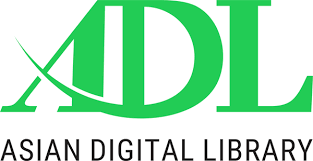Thyroid Surgery with Small Incision
Keywords:
Total thyroidectomy, minimal invasive thyroidectomy (MIT).Abstract
Introduction: Kochker neck incision has been gold standard for the thyroid surgery, which is given transversely 2 cm above the sternal notch and 8-12cm in length. In late nineties minimal invasive techniques gained popularity, one of them is by giving small [3-5cm] midline incision. . We conducted a prospective study toassess the outcome thyroid surgery with smaller incision and factors influencing the incision length. Method: The study group comprised of 39 patients underwent thyroid surgery with minimal incision, between March 2014 to February 2016 in surgical department of Sir Ganga Ram Hospital Lahore. All patients were operated by same surgical team. Results: Out of 39pts, 9 patients were male and 30 patients were female. In 16 patients total thyroidectomy was performed and hemi thyroidectomy in 23 patients. Mean length of incision for total thyroidectomy was 4.5cm and 3.6cm in total thyroidectomy. Length of the incision mainly influence by the volume of thyroid tissue, other factors which play minor role are neck circumference and gender. Conclusion: In our study ,using an anterior small-incision, minimal complication rates ,good cosmoses obtained and more postoperative comfort place this thyroidectomy technique higher than other. Both physician’s and patient’s satisfaction may be achieved with careful patient selection.
Downloads
Published
How to Cite
Issue
Section
License
The Journal of Fatima Jinnah Medical University follows the Attribution Creative Commons-Non commercial (CC BY-NC) license which allows the users to copy and redistribute the material in any medium or format, remix, transform and build upon the material. The users must give credit to the source and indicate, provide a link to the license, and indicate if changes were made. However, the CC By-NC license restricts the use of material for commercial purposes. For further details about the license please check the Creative Commons website. The editorial board of JFJMU strives hard for the authenticity and accuracy of the material published in the journal. However, findings and statements are views of the authors and do not necessarily represent views of the Editorial Board.

















